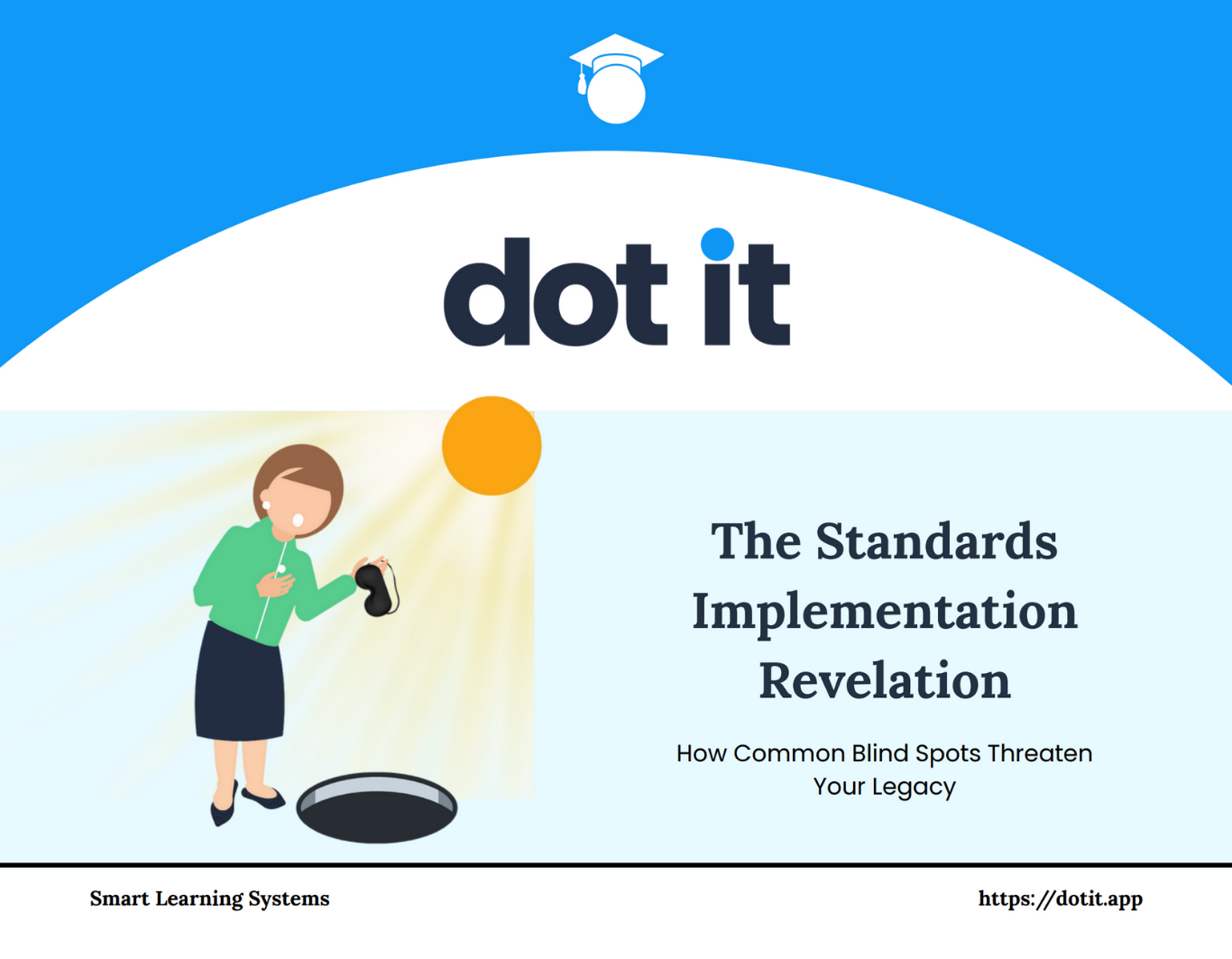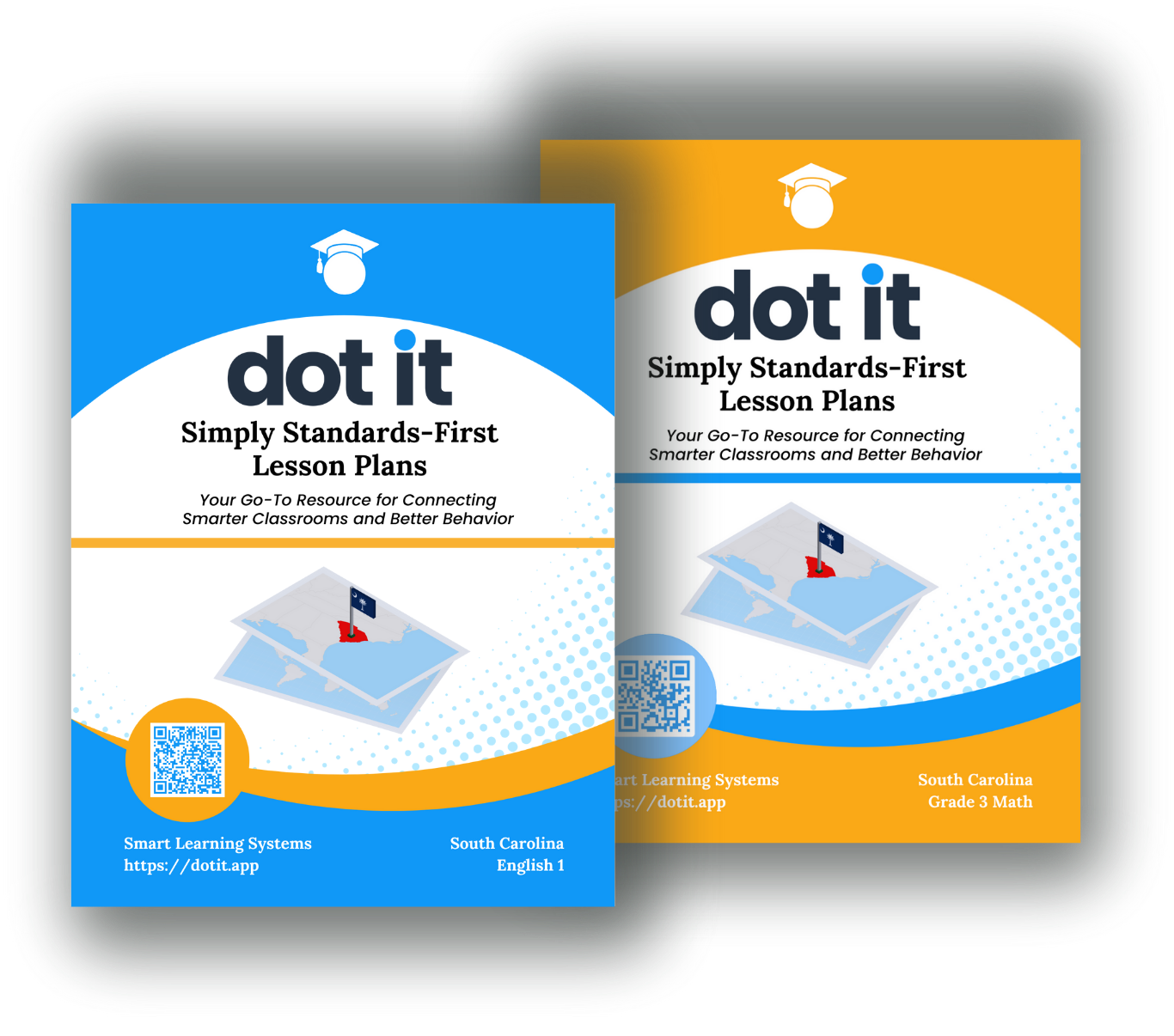Align your assessments: What the PLAAFP tells you to inform the goal selection and test taking strategies
The most common types of assessments are formative, interim, and summative assessments. School teams look at these assessments to create PLAAFP and present levels. Formative assessment shows what students understand about the goals of the lessons. Examples of formative assessments are work samples, exit tickets, and rubrics. On the other hand, benchmark or interim assessments provide a comparison of student understanding or performance against specific grade-level standards compared to peers. These assessments are given at the end of a quarter or semester to track academic trajectory toward long term goals. Lastly, summative assessments make comparisons among students, classes, or schools against a set of uniform standards. Examples of summative assessments are semester tests, and/or end of year state assessments.
What is Success on Summative Assessments?
It is important to realize what the final success measurement is for students on summative assessments. The following is a list of the major goals that students need to master to do well on summative assessments.
To succeed on state reading tests, all students need to:
- Make sense of the text and focus on key information
- Read to glean meaning and get the big picture
- Read to critique the text and form opinions
- Make real-life connections
- Use tools like annotation strategies and graphic organizers
- Attend to vocabulary
- Recognize structure
- Express understanding of purpose and point of view
In math, the standards of math practice tell us exactly the behaviors students need to succeed on state tests:
- Make sense of problems and persevere in solving the problem
- Reason abstractly and quantitatively
- Construct and critique with reasoning
- Model with mathematics
- Use tools strategically
- Attend to precision
- Make use of structure
- Express repeated reasoning
By reporting the summative assessment findings in a PLAAFP or present level, teams have a general understanding of the student’s mastery of standards compared to peers.
What to Notice When Aligning Assessments
What’s the Problem?
In their 8 Proven Strategies Manual, Learning Focused shares what has been learned from exemplary schools. One of the most effective things that exemplary schools do is prepare students to perform on state tests from DAY ONE of a new school year. They don’t wait a few weeks before the tests. Unfortunately, this practice is barely or not at all evident in most typical schools.
Universal Screeners and Benchmark Tests: Working Memory Compared to Peers
Benchmark Tests tell you how students are doing compared to peers. If more than 50% of your students are not performing on benchmarks, the problem is probably instructional. Screeners tell you who is at risk based on indicators that are highly correlated to success.
Compared with classmates with typical working memory skills, students with weak working memory frequently forget instructions. They struggle through tasks that carry a lot of cognitive load. These tasks involve processing and storing multiple pieces of information all at the same time. Losing track of their place can also be a problem. As a result, it is very common for these students to abandon a task without completing it.
With the influx of digital test-taking tools, teachers are more removed than ever from the content in benchmark tests. In addition, the need for clean data may drive schools to have someone other than the assigned teacher administer face to face screeners. Yet, it is critical for you to know exactly what the questions on benchmark tests and screeners look like. You need to see how your students with memory challenges experience these tests. Only then can you teach them to improve their performance.
How to Help
As we have described in other posts, working memory is like the brain’s mailroom. It receives, stores, and distributes information for use in the present. It also governs information flow to other cognitive domains. Teaching test-taking strategies to students with weak working memory begins with making sense of texts and problems and recalling key information.
Here are some test-taking strategies to remove the barriers:
- Look over titles and the visuals to predict the topic or task.
- Read and reread.
- Underline or list key points as they go.
- Model how to “look back” to recall key points.
- Answer the “right there” explicit questions.
- Read the last sentence of word problems.
- Recognize common question phrases such as “According to the text…” or “This story is mostly about…”
Help them develop, practice, and reflect on a test-taking plan.
Working memory also impacts executive functioning skills. Deliberate practice using a test-taking plan is another way to improve performance. These examples are adapted from Learning Focused.
| Plan for lower functioning students. | Plan for higher functioning students… |
| R- Read the title to predict the topic | S-Start with the title and the questions to predict the topic or task |
| E- Envision it. Make a picture in your mind. | M- Mark your text |
| A- Answer questions by looking back | A- Anticipate and imagine what you read or what you have to solve |
| D- Do your best and Don’t give up! | R- Refer back to the text or the problem to answer questions |
| T-Try your best and don’t give up |
After a test, ask students how they used each part of their plan to be successful. Document their responses.
Evaluate their test-taking behaviors.
Notice and document their emotions and behaviors during testing to inform instruction. Give them credit on tests when they actually look back to find the answers to questions instead of guessing. Give them feedback on how they annotated text or used graphic organizers. Reward and incentivize focus, attention, and perseverance.
Provide testing accommodations when needed.
Finally, there are students who will require some testing accommodations. As students progress through the grade levels, however, they need to be directly taught to develop their own learning strategies. These strategies should be used independently to compensate in any setting.
Assessment accommodations for students with weak working memory might include:
- Allowing the student to use appropriate memory supports during testing. Supports would typically provide information about procedures to use, rather than providing content that the student should know.
- Using open-ended questions to allow credit for anything the student remembers correctly as in oral retell fluency assessments.
- Reducing the demands on working memory on tests by providing a structure and outline for responding.






